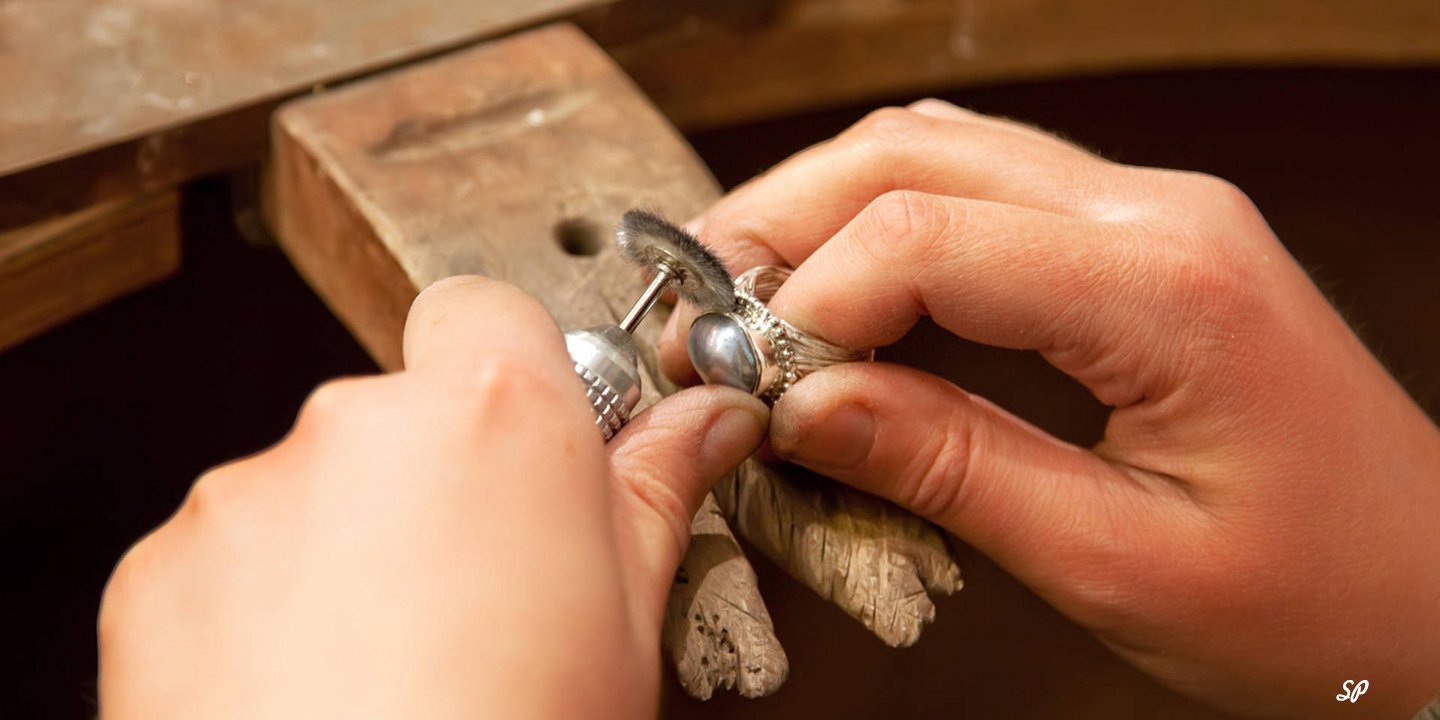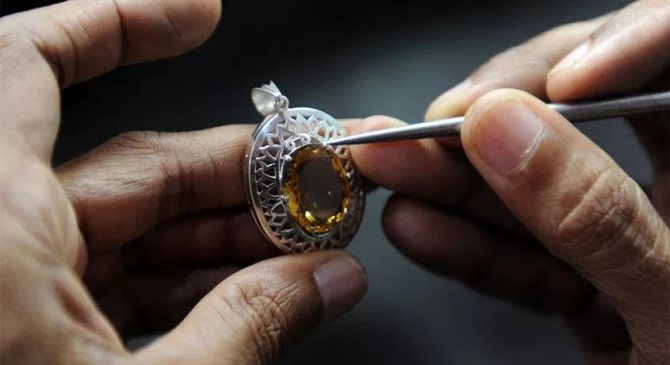Jewelry production technologies – mass production methods for jewelry
There are separate technologies for the production of jewelry – for mass and manual production. Once upon a time, all jewelry was made only individually, by hand. The results of the work of jewelers of past centuries can be enjoyed in art museums and private collections. The individual technologies that jewelers used to make jewelry required a long time and a huge investment of labor. But on the other hand, all the rings, earrings and necklaces were different from each other and completely special.
Unfortunately, those times are far behind, and now the bulk of jewelry is produced using mass technologies. The main “mass” methods of making jewelry are as follows:
- casting,
- stamping,
- rolling,
- drawing (obtaining threads for chains and similar products).
Casting
Making jewelry to order, as well as their mass production, involves the use of casting techniques. It involves the use of several dozen models at the same time, which are assembled together and soldered to one base. As a result, the so-called “jewelry Christmas tree” is formed, which is subsequently molded into clay and baked.
In order for the jewelry casting technique to be carried out with high quality, it is necessary that the drying of the clay is uniform, and there are no cracks. An important role is also played by the flow of wax in full, this approach will allow you to get a form with voids. After that, the alloy is mixed and sent to the mold. It remains only to cool this mass and remove the clay, taking out the finished “Christmas tree”.
At the next step, the work is carried out by jewelry assemblers. The technology allows the production of products that include several parts at the same time. Mounting masters are engaged in their fastening. The parts are assembled into one whole, and the rings are adjusted to the required size.
Profession jeweler. Pros and cons. Responsibilities and salaries of jewelers
Features of jewelry casting
This direction correlates with the technologies of making jewelry in ancient Egypt, since it has much in common with them. The manufacturing process has not changed much since that time, and modern craftsmen actively use the technologies of their ancestors and innovative high-precision equipment.
It should be noted that before mounting the stone into the product, the workpiece is preliminarily subjected to grinding and polishing. In the first case, the profile is aligned, in the second, a gloss effect is created.
Tumbling is a procedure that involves a combination of grinding and polishing. Products are processed, pre-mixed in a drum with an abrasive, the composition of which can be variable. When using this technique, the quality of the product is lower than in the case of grinding and polishing. However, the technique is fast and affordable.
Casting using inexpensive stones
This technique is used in the manufacture of silver and gold jewelry. It should be noted that not every model is suitable for its application. The insertion of stones is carried out directly into waxes in the process of creating a jewelry tree. After the mold is fired under clay conditions, the stones are preserved inside. After pouring the metal, the inserts are immediately fixed. Next, the product enters the tumbling drum and is considered finished. Of course, in this case, a fairly large percentage of defects, however, production is considered as cheap as possible.
Drift (difovka)
Diving is an ancient method of cold working sheet metal, produced by direct hammer blows, under which it stretches, bends, sits down and, as a result, acquires the necessary shape. Difovka differs from blacksmith forging in that it is produced in a cold state, and during blacksmithing, the metal is heated red-hot. In addition, it is made of sheet metal no thicker than 2 mm; forging works are usually made from a massive billet. Difovka differs from chasing in that it is carried out directly with a hammer, and chasings (moreover, wooden ones) are rarely used.
Currently, in the field of artistic processing, the following types of cutting can be distinguished: free manual knockout, mechanized knockout, knockout according to the model.
Free hand punch. This is an ancient technique, but it is still used today. The task of this technique is to create a hollow volumetric product from sheet metal.
Receiving a three-dimensional form from a flat workpiece is determined by three processes, which, in various alternations and combinations, make up a free manual punch.
The second process is the bending of the sheet blank, when the concave side undergoes compression, and the convex side undergoes tension. Bending is done with a steel (or wooden) hammer on the edge of the anvil. Bending can occur at an angle and along a radius, along a straight line, along an arc and along a complex curve. This is achieved due to the fact that the edge of the shaped anvil of the appropriate shape is selected as a support; in this case, not only bending, but also metal drawing occurs.
The third process is the precipitation of the metal, i.e., as a result of the impact, the thickness (cross section) of the material increases. To do this, the workpiece is pre-corrugated, and then the corrugations are upset (“brought out”) with a steel or wooden hammer on the anvil. This work process is the most complex and requires the appropriate skills from the performer. Corrugations, for example, should be low and wide, they are easier to upset. High and narrow corrugations during the draft overtake each other, resulting in the formation of cracks and folds. It is very important that the corrugations are not littered to one side or undercut. In addition, the jaws of round-nose pliers or special corrugators must be hardened and polished, otherwise damage may appear on the metal surface during the corrugation process.
The tools used for punching are divided into two groups: percussion and support.
A free drift can process a wide variety of metals and their alloys: gold, silver, copper, brass, tombac, aluminum, nickel alloys and steel. However, a free drift is a slow and laborious process, therefore it is applicable only for making the first author’s samples in metal. But in all cases, where possible, it should be replaced by more modern and productive methods: crushing on the machine or dividing according to the model, as well as using special mechanisms.
Model cutout. This method is currently used for the production of artistic bas-reliefs and round (volumetric) sculptures from copper, brass and aluminum, as well as stainless steel. This technique can be used to produce large exterior decorative works, monumental figures for monuments and interior art sculpture.

Beryl stone – jewelry photo, properties
Monuments made by die casting are much more economical than cast ones – the consumption of metal is less, they are lighter in weight, easy to transport; being mounted on steel frames, they are quite strong and durable.
Setting stones
If a product is made with stones, then a setting procedure is required. The solution to this issue is handled by the master fixer, who, in turn, installs the stones in the grooves and seals them to prevent falling out.
Practice shows that many stones are very fragile, and in the process of setting they cannot withstand loads. This means that chips appear on them. If we are talking about inexpensive cubic zirkonia – there is no problem. But in the case of diamonds, such nuances are unacceptable.
Handmade jewelry making is quite common, however, today automated processes are popular. The better each step is performed, the better the quality of the finished product is considered. Accordingly, the higher its cost.

